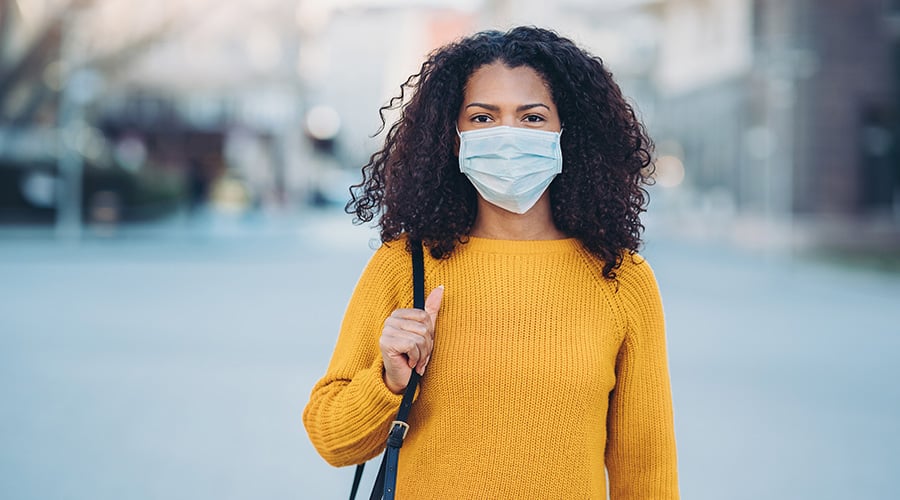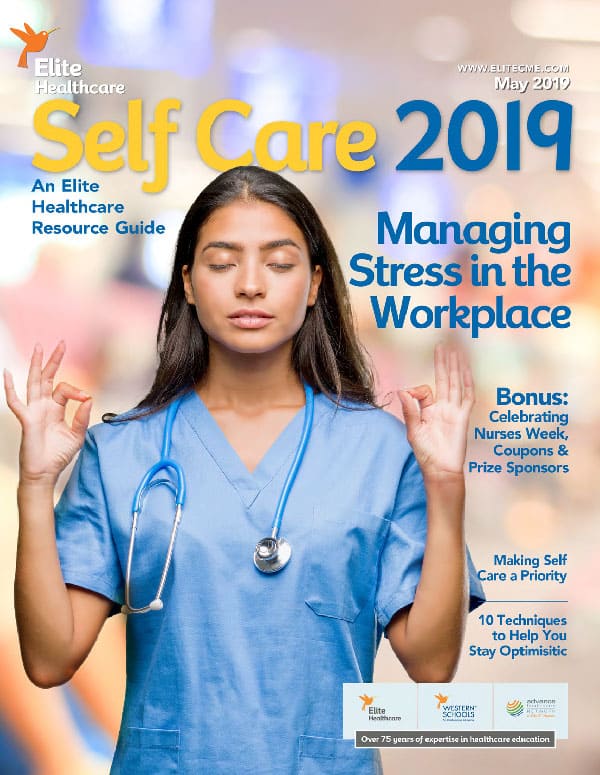
Wearing masks can prevent infection in nasal cavity: a gateway to more severe complications
A major study of novel coronavirus infection in human airways adds to evidence that wearing masks is an important step toward limiting transmission of COVID-19.
In a scientific article published in the journal Cell, scientists at the UNC Gillings School of Global Public Health and the UNC School of Medicine have characterized the specific ways in which SARS-CoV-2 — the coronavirus that causes COVID-19 — infects the nasal cavity to a great degree by replicating specific cell types, and infects and replicates progressively less well in cells lower down the respiratory tract, including in the lungs.
The findings suggest the virus tends to become firmly established first in the nasal cavity. Then, in some cases, the virus is aspirated into the lungs where it may cause more serious disease, including potentially fatal pneumonia.
“If the nose is the dominant initial site from which lung infections are seeded, then the widespread use of masks to protect the nasal passages, as well as any therapeutic strategies that reduce virus in the nose, such as nasal irrigation or antiviral nasal sprays, could be beneficial,” said study co-senior author Dr. Richard Boucher, the James C. Moeser Eminent Distinguished Professor of medicine and director of the Marsico Lung Institute at the UNC School of Medicine.
The other co-senior author of the study was Ralph Baric, the William R. Kenan Distinguished Professor of epidemiology at the UNC Gillings School of Global Public Health.
“This is a landmark study that reveals new and unexpected insights into the mechanisms that regulate disease progression and severity following SARS-CoV-2 infection,” said Baric, who also holds a microbiology and immunology faculty appointment at the UNC School of Medicine. “In addition, we describe a new reverse genetic platform for SARS-CoV-2, which allows us to produce key indicator viruses that will support national vaccine efforts designed to control the spread and severity of this terrible disease.”
SARS-CoV-2 initially caused outbreaks in late 2019 in China and spread around the world, infecting nearly 6 million people and killing more than 350,000. The United States accounts for almost a third of those infections and deaths.
In their study, the UNC-Chapel Hill team sought to better understand a number of things about the virus, including which cells in the airway it infects and how it gets into the lungs in the patients who develop pneumonia.
SOURCE: UNC Health






